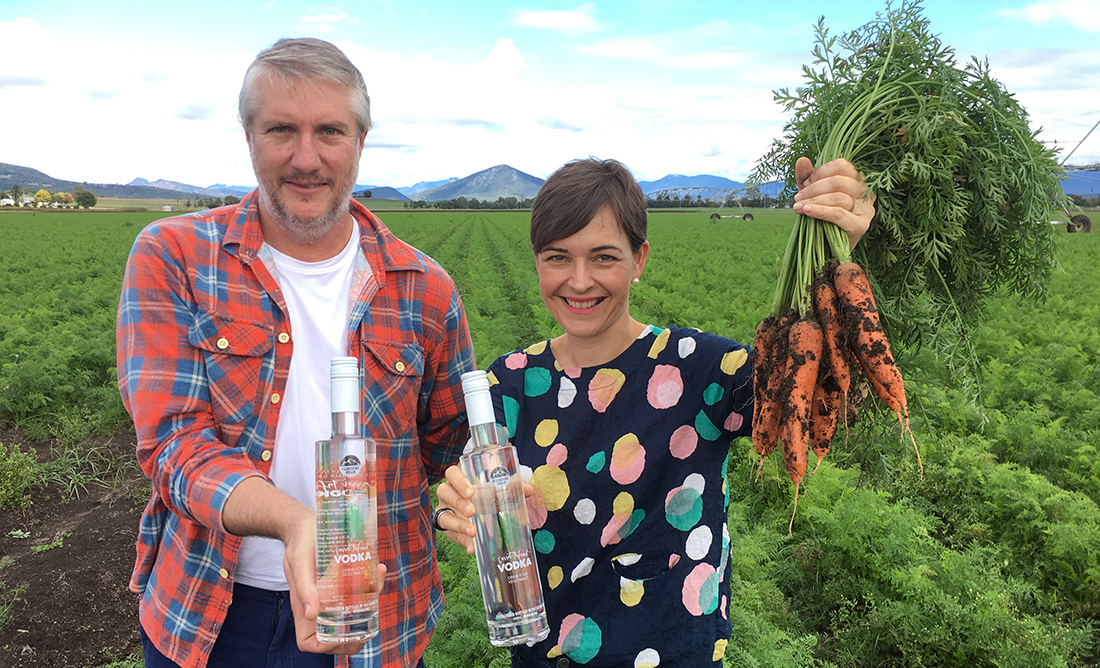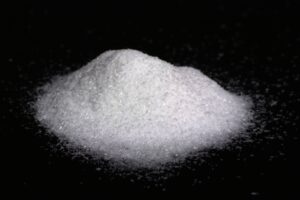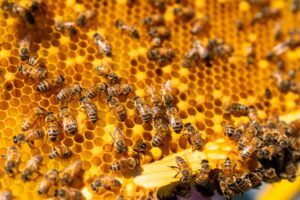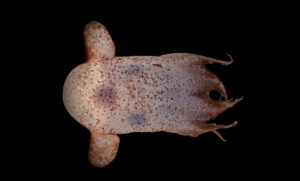Winemaker Jason Hannay of Flinders Park Winery in southeast Queensland has produced just that.
Jason was approached by the enterprising farmer’s wives Gen Windley and Alice Gorman to create this new product in celebration of Scenic Rim ‘Eat Local Week’.
Value-adding carrots
Each year, company Kalfresh collaborate on a new product made from carrots that would otherwise go to waste.
Two years ago, CEO Richard Gorman and brewer Wade Curtis came up with Carrot Beer. Next it was carrot bread.
Gen says herself and four other women—all married to farmers and associated with Kalfresh—come together to brainstorm and come up with initiatives.
“We all live on a farm and we grow carrots as one of the major vegetable crops,” she says.
“Some are not perfect—they may be wonky or the wrong size—so we turn them into a value-added product. The main product in this space is our range of cut carrots.”
“For a bit of fun in the lead up to Eat Local Week this year we thought we’d try carrot vodka.”
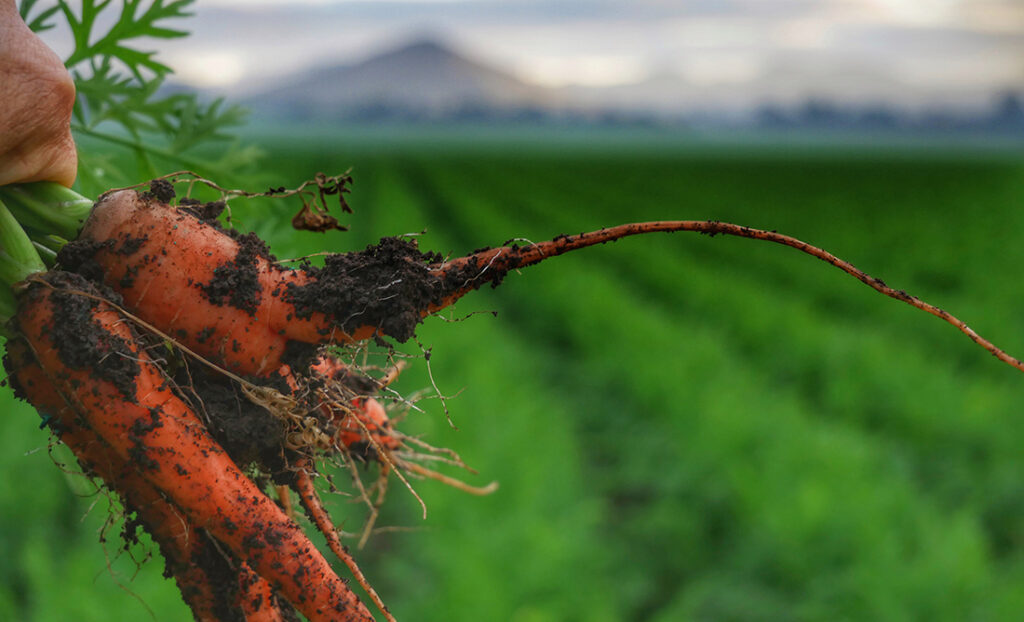
“Some are not perfect—they may be wonky or the wrong size—so we turn them into a value-added product.”
The vodka making process
Jason used 80kg of carrots to make 178 half-litre bottles of carrot vodka.
“It was a bit of learning curve—I’m a wine maker by trade and carrots were a bit outside my thought process,” Jason says.
He knew it wasn’t practical at the time to attempt a carrot wine as carrots’ starchy nature and lack of sugar make them a poor candidate for wine making.
“But we managed to juice 50kg of carrots and turn it into carrot juice, which was then fermented to turn it into alcohol.”
Jason then added a shiraz-based alcohol made on site and re-distilled the mix so it had the base carrot flavour.
“I then did a couple of extra runs, re-distilling the base alcohol from first run and putting extra carrots in the wash to make an infused carrot flavor.”
CRAFTING CARROT cocktails
Although it may not have direct health benefits—the goodness is lost during the distillation process—Jason says the carrot vodka certainly has other benefits.
“Mixologists have a whole new product so they can design new drinks and cocktails,” he says.
“It’s a whole new flavour that hasn’t been done before.”
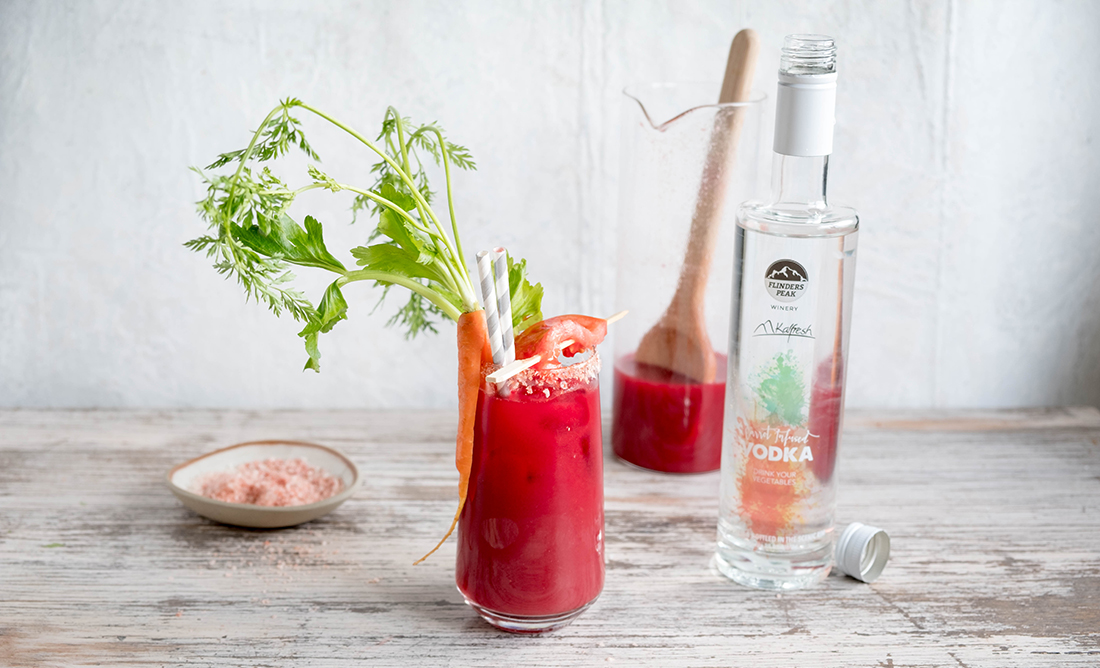
He says the vodka smells like carrot but the taste has a very earthy tone to it which is essentially carrot.
“It’s come from the ground. It’s a really interesting flavor.”
“I’ve created one drink myself—a basic drink with mineral water, slices of ginger, a slice of orange and an olive, very martini-ish…and it tastes pretty good!”
Jason says the only thing that he can find that comes close to his carrot vodka is a carrot liquor made by Wenneker in Holland.
He says if it goes really well, it could be made commercially available.
As for next year’s creation?
“We’re already scheming but I can’t reveal anything just yet,” Gen says.
Carrot vodka launched at the Winter Harvest Festival as part of the Scenic Rim Eat Local Week in late June. The week is dedicated to promoting food and wine from the Scenic Rim region in South East Queensland.



